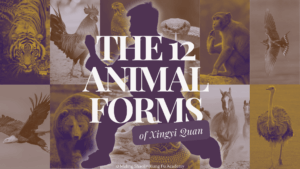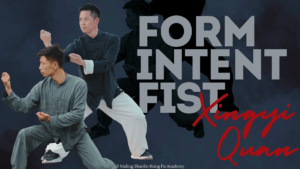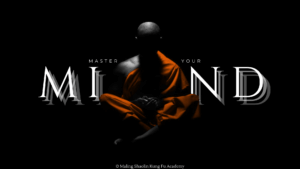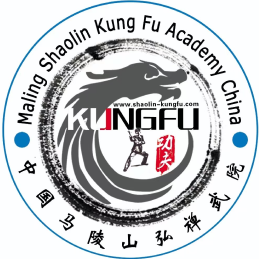Understanding the Traditional and Western Perspectives on Vital Energy

In the realm of traditional Chinese martial arts, the concept of Qi, often spelled as “chi,” holds a central place. This vital energy, deeply rooted in ancient Chinese philosophy, has been a guiding force in various disciplines, with Kung Fu standing as a prime exemplar of its application. In the Western world, the concept of Qi is often approached with a mix of curiosity, skepticism, and an interest in exploring its potential connections to health and well-being. While the traditional Chinese understanding of Qi is deeply rooted in ancient philosophy and practices like Traditional Chinese Medicine (TCM) and martial arts, Western interpretations tend to seek explanations within the framework of Western scientific concepts. However, though there isn’t a universally accepted explanation for Qi within mainstream Western scientific or medical communities, many scientists and health practitioners acknowledge the benefits of Qi-related TCM treatments and the physical fitness. In this blog post, we will explore the essence of Qi, unraveling its meaning and scientific implications, and understanding how it plays a pivotal role in the practice and philosophy of wellness and Kung Fu.
Understanding Qi: Traditional Chinese Philosophy
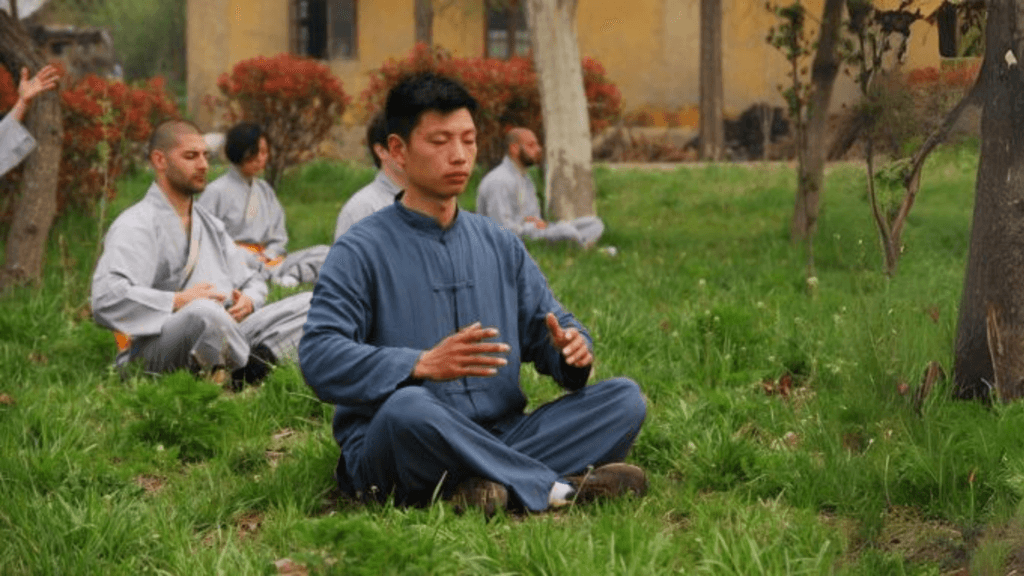
Qi is a fundamental concept in Chinese culture, representing the vital life force that flows through all living things. In traditional Chinese medicine, Qi is believed to circulate through meridians, influencing physical and mental well-being. In the context of Kung Fu, Qi extends beyond a physiological understanding to encompass a broader, more profound aspect of martial arts.
- The Essence of Qi in Kung Fu
- In Kung Fu, Qi is regarded as the internal energy that fuels and animates the practitioner’s movements. It is the invisible force that connects the physical, mental, and spiritual aspects of martial arts. The cultivation and harnessing of Qi are central to achieving higher levels of proficiency in Kung Fu.
- Qi Flow and Martial Techniques
- Kung Fu emphasizes the smooth and intentional flow of Qi throughout the body. Practitioners focus on breath control, visualization, and precise movements to enhance the circulation of Qi. Proper alignment and posture aid in maintaining a harmonious flow, influencing the power and effectiveness of martial techniques.
- Breathing Techniques
- Breath control is a key element in channeling Qi in Kung Fu. Various breathing techniques, such as “Dantian breathing,” involve mindful inhalation and exhalation to promote relaxation, focus, and the efficient movement of Qi. Proper breathing not only enhances physical performance but also contributes to mental clarity and concentration.
- Dantian: The Center of Qi
- In Kung Fu, special attention is given to the Dantian, an energy center located in the lower abdomen. There are three Dantian points, with the lower Dantian being of particular significance. Martial artists practice techniques to accumulate and store Qi in the Dantian, serving as a reservoir of energy for explosive movements and sustained endurance.
- Internal and External Styles
- Kung Fu is often categorized into internal and external styles, with the former placing a strong emphasis on cultivating and using internal energy, i.e., Qi. Internal styles, such as Tai Chi and Baguazhang, prioritize the development of Qi for health, martial prowess, and spiritual growth.
- Qi Sensing and Control
- Advanced Kung Fu practitioners develop the ability to sense and manipulate Qi. This involves an acute awareness of one’s energy and the energy of others, allowing for strategic use of Qi in combat situations. It’s not just about physical strength but also about understanding and harnessing the subtle forces at play.
Understanding Qi: A Western Perspective
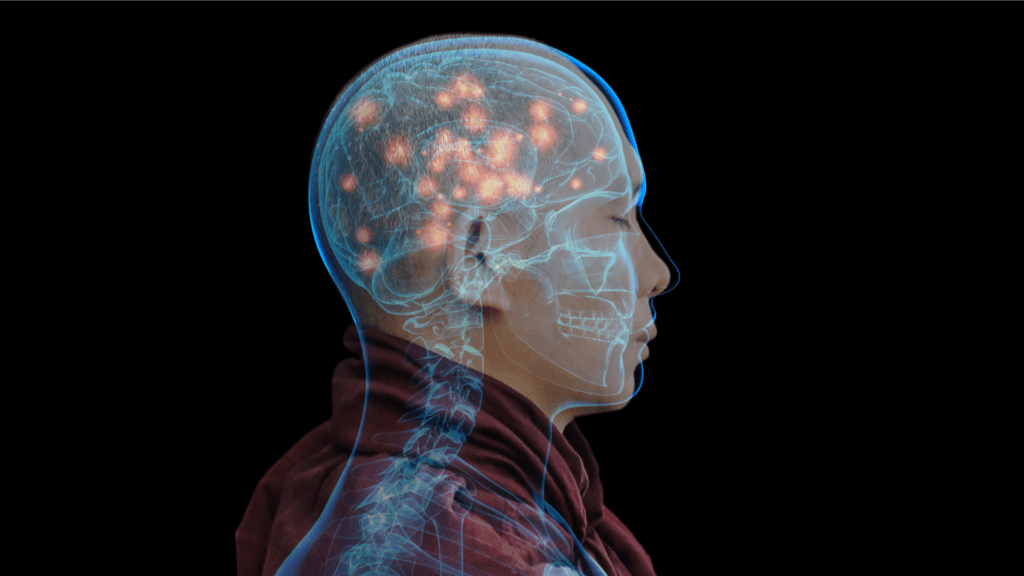
Conversely, the West takes a decidedly scientific approach in their endeavors to understand the enigma of Qi. Here are some ways in which Western perspectives approach and interpret the concept of Qi:
- Mind-Body Connection:
- In Western contexts, there is recognition of the mind-body connection and the impact of psychological and emotional states on physical health. Practices associated with Qi, such as meditation, mindfulness, and breath control, are often acknowledged for their potential benefits in reducing stress, improving mental focus, and promoting overall well-being.
- Bioelectromagnetic and Neurological Aspects:
- Some Western perspectives explore the idea that Qi could be related to bioelectromagnetic energy or neurological processes. For example, practices like acupuncture, which is rooted in the concept of Qi flow along meridians, have been studied in terms of their impact on the nervous system and the release of neurotransmitters.
- Physical and Mental Health Benefits:
- Integration into Complementary and Alternative Medicine (CAM):
- In Western healthcare, aspects of traditional Chinese medicine, including acupuncture and herbal remedies, have been integrated into Complementary and Alternative Medicine (CAM) practices. While the concept of Qi may not be universally accepted, specific techniques and therapies associated with Qi are explored within the broader framework of holistic and integrative approaches to health.
In the world of Kung Fu, Qi transcends mere physicality, becoming a bridge between the seen and the unseen, the tangible, and the intangible. The cultivation and mastery of Qi in Kung Fu not only enhance martial prowess but also contribute to holistic well-being. As practitioners delve into the mysteries of Qi, they embark on a profound journey of self-discovery, unlocking the true potential of both body and mind. In the fluid movements, controlled breaths, and focused intent of Kung Fu, Qi finds its expression, weaving an intricate tapestry of martial artistry and spiritual exploration. While the Western world is still exploring a scientific understanding of Qi, they do so while acknowledging the effects and practices have produced undeniable results for millions. As research continues, the integration of Eastern and Western perspectives may lead to a more comprehensive understanding of the potential mechanisms and benefits associated with the concept of Qi.

